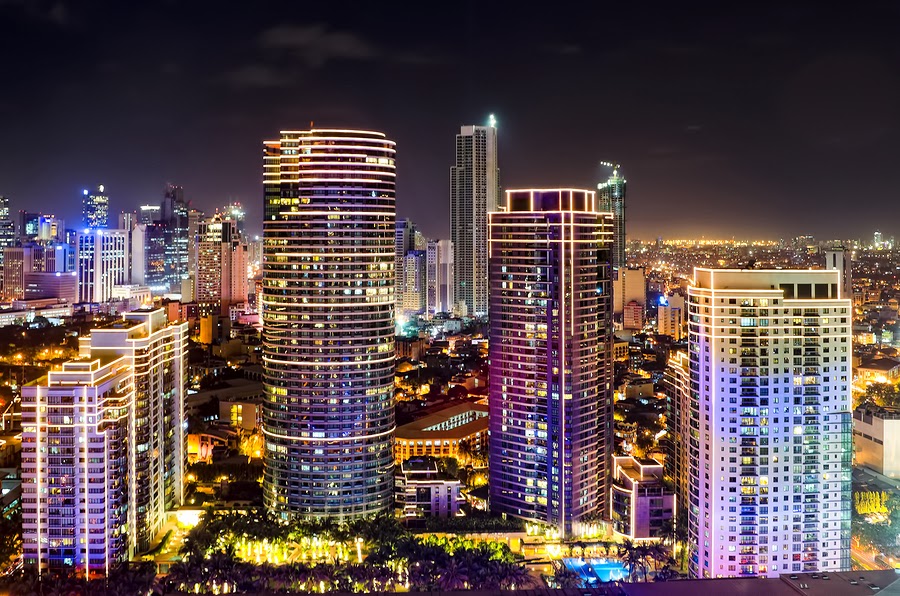31 August, 2018
On Aug. 26, 2018, the international gaming community watched intently as two of the world’s best DOTA2 teams went head to head for the championship title of The International 2018 (TI8), the biggest annual competition in the e-sports universe. OG emerged victorious, not only earning the respect of millions of players, but also a staggering USD11,227,487.00 as prize money.
Most e-sports, or electronic sports, involve formally organized teams of gamers competing against each other in online or offline video games. Today, playing video games is not just for fun, but has become a legitimate professional career option for avid gamers. Starting out as a mere pastime, video games have developed into a worldwide, multibillion-dollar industry where revenues are no longer limited to just the sale of actual video games but can also come from computers, toys and various other merchandise, and in-game purchases.
While it is true that thefans, players, programmers, video game writers and designers, among others, contribute to the overall success of the video game industry, many often overlook the vital role intellectual property laws play in keeping the industry alive, thriving, and, most importantly, profitable. Without legal protection, video games would probably not have evolved into the multi-faceted, technical, and creative masterpieces we know them to be today, with each video game composed of a source code layered with audiovisual effects, artistic character and environmental design, musical scores, storylines, and unique gameplay, to name a few.
According to Republic Act No. 8293 or the Intellectual Property Code of the Philippines, a copyright protects literary and artistic works from the moment of their creation. As applied to video games, copyright covers the source codes or software, character and environmental design, music, dialogue, and story. This means that these aspects of the game cannot be copied without obtaining the consent of their creators first, otherwise the imitators may be liable for copyright infringement, entailing the payment of damages. Other remedies, such as an injunction, may also be obtained. In the American case of Atari, Inc. (Atari) vs. North America Philips Consumer Electronics Corp. (NAPCEC), Atari acquired the rights to produce Namco’s popular Pac-Man game in its Atari 2600 console. However, NAPCEC, at the same time, developed a game entitled K.C. Munchkin which greatly resembled the Pac-Man game, in terms of gameplay and character design. Atari was eventually able to secure an order from the US Court of Appeals to prevent the release of K.C. Munchkin, with the court siding with Atari that the latter was indeed substantially similar to the Pac-Man game.
The same law also affords protection to owners of trademarks who registered the same with the Intellectual Property Office, subject to certain exceptions under the law. A trademark is defined as any visible sign capable of distinguishing the goods or services of an enterprise. In the realm of video games, a trademark includes the game company’s logo, the game title, and character names, among others. Trademark registration ensures that the goodwill associated with the trademark will not be unlawfully appropriated by another. Anyone found guilty of trademark infringement may be liable for damages, among other penalties. Examples of registered video game trademarks include “XBOX,” “POKÉMON,” and “NBA.”
With regard to video game consoles and its accessories, the law may treat them as patentable inventions, if qualified. A patent is defined as any technical solution of a problem in any field of human activity which is new, involves an inventive step and is industrially applicable. However, to be protected against infringement, one has to successfully register his invention or design first before anyone else. Further, for game developers, it should be noted that gameplay of a video game can also be patented if they satisfy the criteria under the law. For instance, KOEI Company, the owner of the Dynasty Warriors franchise, a video game available in PlayStation consoles, was able to successfully secure a patent registration for its iconic group battle methodology under US Patent No. 6,729,954.
Truly, without the protection of the law as mentioned above, video game programmers and designers would have no incentive to create new and innovative games; and unscrupulous companies and individuals would brazenly and openly copy whatever video game they desire, effectively deteriorating the quality of games being released into the market. Without intellectual property laws, then TI8, wherein millions of fans worldwide passionately followed their gaming idols, would not have happened.
To TNC and Mineski, who represented the Philippines and bravely fought in the TI8, great job and keep up the good work in inspiring future Filipino professional e-sports athletes to achieve their dream. This year was just not your year, but as they say online, GG.
For further information, please contact:
Raymond C. Sanchez, Jr., Angara Abello Concepcion Regala & Cruz (ACCRALAW)
rcsanchezjr@ accralaw.com

.jpg)




